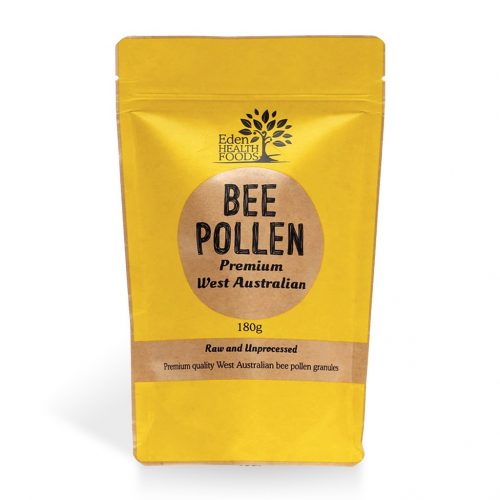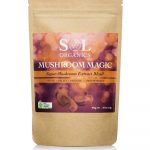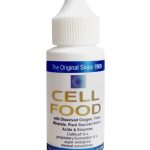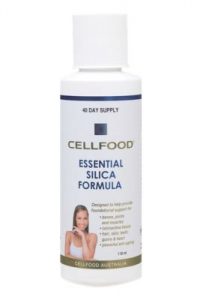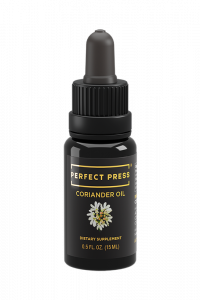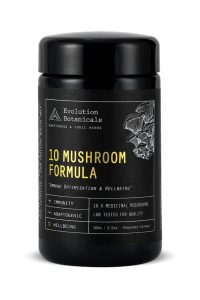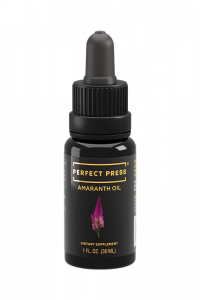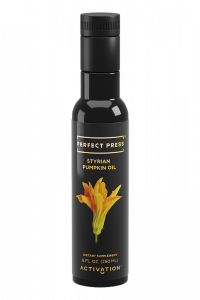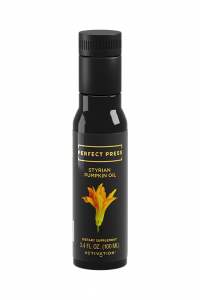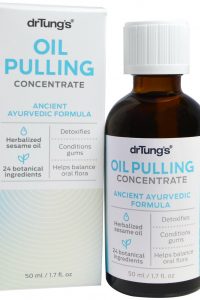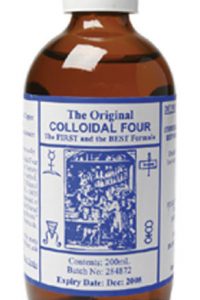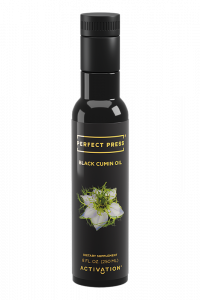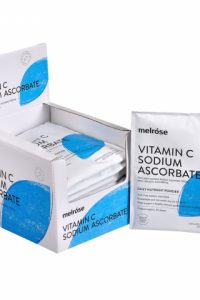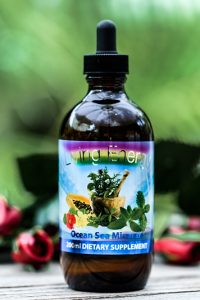Bee Pollen
$34.95
Wildcrafted Bee Pollen Granules
- Premium Wildcrafted Bee Pollen granules from Western Australia
- Nature’s most nourishing superfood, rich in vitamins, amino acids, proteins, lipids, carbohydrates, minerals and enzymes
- Unprocessed naturally dried granules from seasonal blooms
- Ethical harvesting of surplus granules only
- Description
Description
Bee pollen is a biologically active compound, rich in vitamins, amino acids, proteins, lipids, carbohydrates, minerals, enzymes and other micronutrients. It is considered one of nature’s most nourishing foods, and contains more protein than any animal source and more amino acids than equal weight of eggs or beef (approximately 40% protein).
Research at the department of Agriculture and Food has shown that up to 73 fatty acids can be found in pollen. West Australia has unique plant species in forests and conservation reserves that produce high-quality pollens. Bee Pollen is:
- A natural source of protein;
- Low in fat;
- Contains a range of minerals and vitamins;
- Nature’s growth and maintenance supplement; and
- A good source of energy.
The granules are raw and naturally dried, and ethically harvested from bees collecting pollen from seasonal blooms from native Western Australian trees. These trees are located in the remote WA eucalyptus forests, not found near towns or cities or industry of any sort. The unique blossoms provide a valuable source of pollen and nectar, which is very sweet and tastes incredible!
This quality product does tend to get snapped up and is not available at all times of the year. Also, with the world environment going the way it is, the bees may not be around for much longer. Unfortunately this is not a threat, it is reality. Don’t miss out and try it before it’s too late!
ABOUT
In its original state, bee pollen is a fine dust composed of thousands of microscopic particles that enable a plant to reproduce via seed. Pollen is discharged from the anther of a flower and is the major food source for bees and other insects. Worker bees (all females) travel from flower to flower collecting nectar and pollen as they move around. As the pollen covers the bee’s body, she brushes and packs it into specialised hairs on her hind legs to take back to the hive.
How Is Bee Pollen Collected?
Worker bees collect more pollen than the hive needs, so bee keepers are able to collect the surplus in a mesh trap. As the bees enter a hive, they pass through a bank of specific sized holes where the pollen is gently removed and falls into a collection tray. The quality and safety of West Australian bee pollen is second to none.
One teaspoon of pollen takes one bee working eight hours a day for one month to gather. Each bee pollen pellet contains over two million flower pollen grains and one teaspoonful contains over 2.5 billion grains of flower pollen.
Benefits of West Australian Bee Pollen
Eucalyptus pollens are dominated by an essential fatty acid known as linoleic acid. West Australian pollen proteins are high compared to other plant species. Jarrah Blossom Bee Pollen has several traits which set it apart compared with other pollens. The bright yellow pollen is collected when other sources are not blooming resulting in a single colour pollen of unparalleled taste and texture. In addition, the area that the pollen is gathered from is famous for its clean environment.
Red Gum blossom bee pollen has more potassium, phosphorous, calcium and magnesium than bananas and apples. It has more iron, zinc, manganese and copper than almonds.

